2016 Month-Long Sailing Trip - Part 2
--Blogpost written by Bob
As the second blogpost of this series, we were last anchored in La Trappe Creek, just off the Choptank River between Oxford and Cambridge. Leaving on this month-long sailing trip without any kind of plan, we quickly recognized that in order to take advantage of favorable wind and weather conditions, we needed a plan, but we needed to be flexible with it. The plan we developed included a stay in Solomons Island (western shore of Maryland), then Tangier Island (middle of Chesapeake Bay just south of Maryland-Virginia state line) and then onto Onancock on Virginia's eastern shore.
Friday, June 24
We raised our anchor at 7 AM after spending a rainy, but peaceful, day in La Trappe Creek. As we motored toward the mouth of the creek I could tell that we just weren't making the speed over ground that we would be normally at 2000 RPMs. It was clear that we were dragging something. Then we saw the large red float and smaller white float a couple of feet astern of us--it was a waterman's trot line. Apparently, we ran over it just after we raised anchor.
Maggie went down the swim ladder and entered the water to try and free the trot line from our rudder--she couldn't do it. There was a line between the large red float and the small white float--this line was across the forward upper edge of our rudder. As a last resort we cut off the line holding the white float with heavy shears and this freed us from the captive trot line. Some waterman is going to be very confused when he finds his trot line about 1/2 mile from where he placed it.
Cleared from the trot line, we continued to motor out the Choptank River on our way to Solomons Island. Once we got out of the Choptank with wind on our nose the entire way, we turned southwest and were able to sail on a close reach in seven to eight knots of wind--this was the first time we raised our new mainsail!
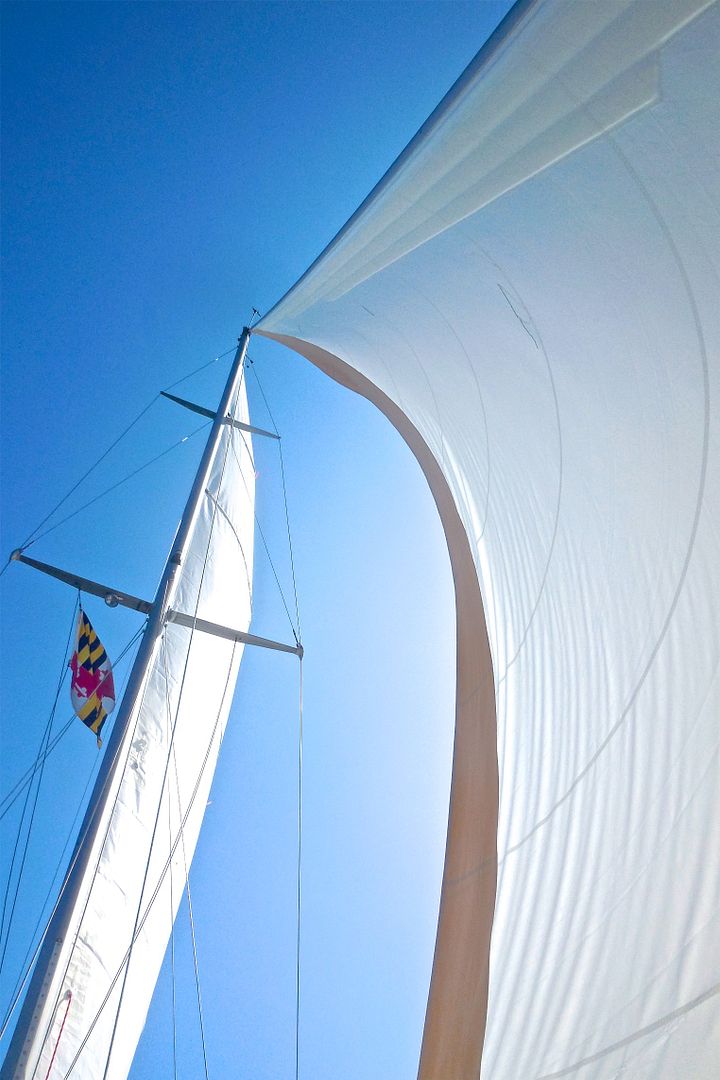 |
| It is very difficult to get a good photograph of a boat's sails from onboard unless you have a very wide angle lens (like a GoPro's). This is the best we could do with the camera we had at the time. |
We sailed about 2 hours before the wind dropped down to about 3 knots and we were moving less than 2 knots. It was time to start the engine.
Using our new Raymarine eS75 chart plotter made the navigation easy. We followed a number of waypoints I placed on the chart the night before and the autopilot nicely held our course between waypoints. We got to Solomons Island about 2 PM and picked up mooring buoy "C" at Zanhiser's Yachting Center. (The moorings at Zanhiser's are on a first come, first served basis--so it is good we arrived early in the afternoon.)
First thing on our minds when arriving in the marina was a nice hot shower and it did not disappoint us. After a leisurely afternoon, we went out for dinner at the Dry Dock Restaurant at the marina. Dinner out was delicious and delightfully luxurious after anchoring out four nights in a row.
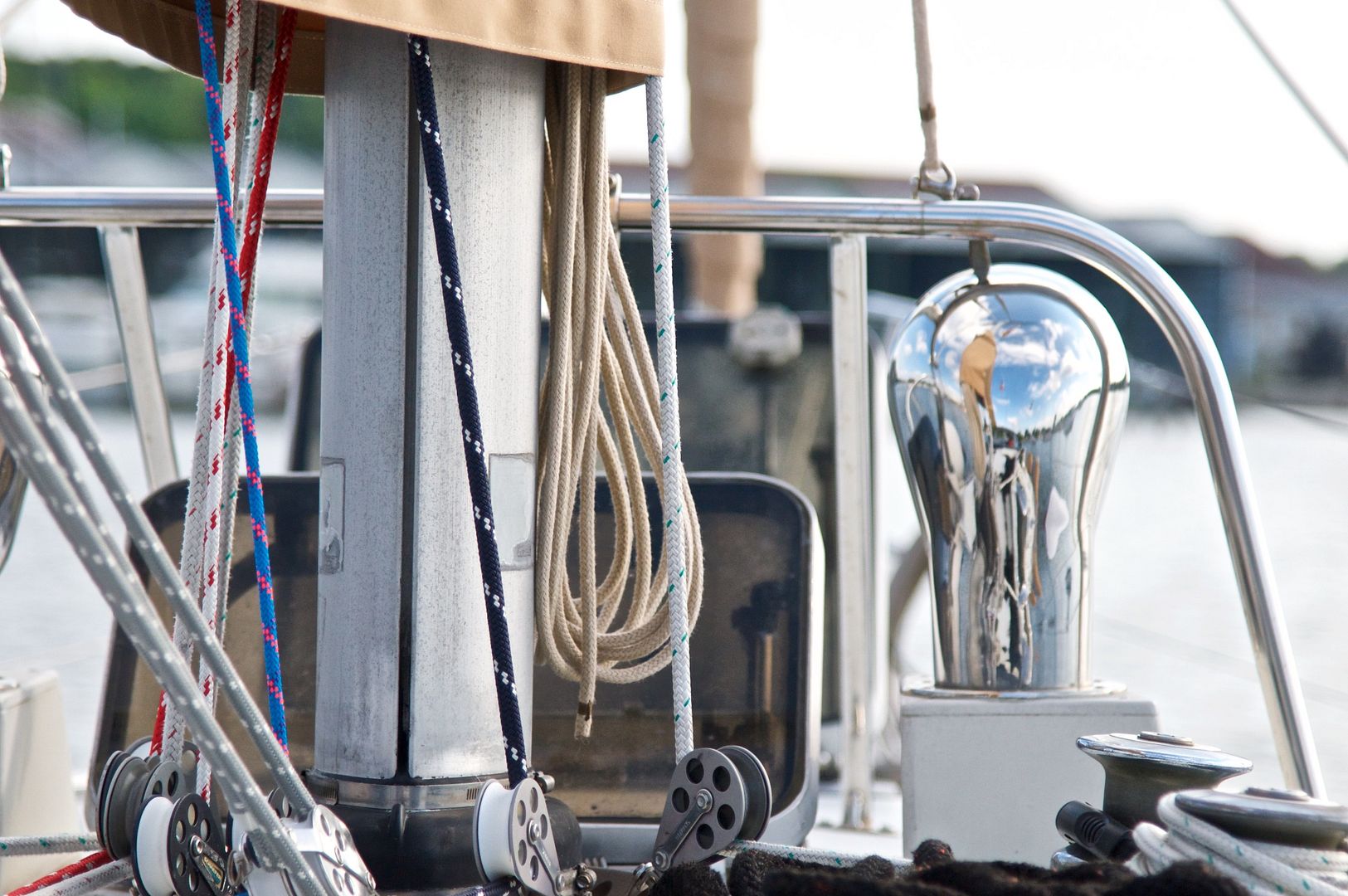 |
| We had a nice cool northeasterly breeze blowing through our overhead hatches all night. |
Saturday, June 25
It was a nice cool night, so much so that we needed the quilt in the early morning hours. About 9 AM Maggie made scrambled eggs with bacon using the powdered eggs and the canned bacon we bought for cruising--this is the first time we tried the canned bacon.
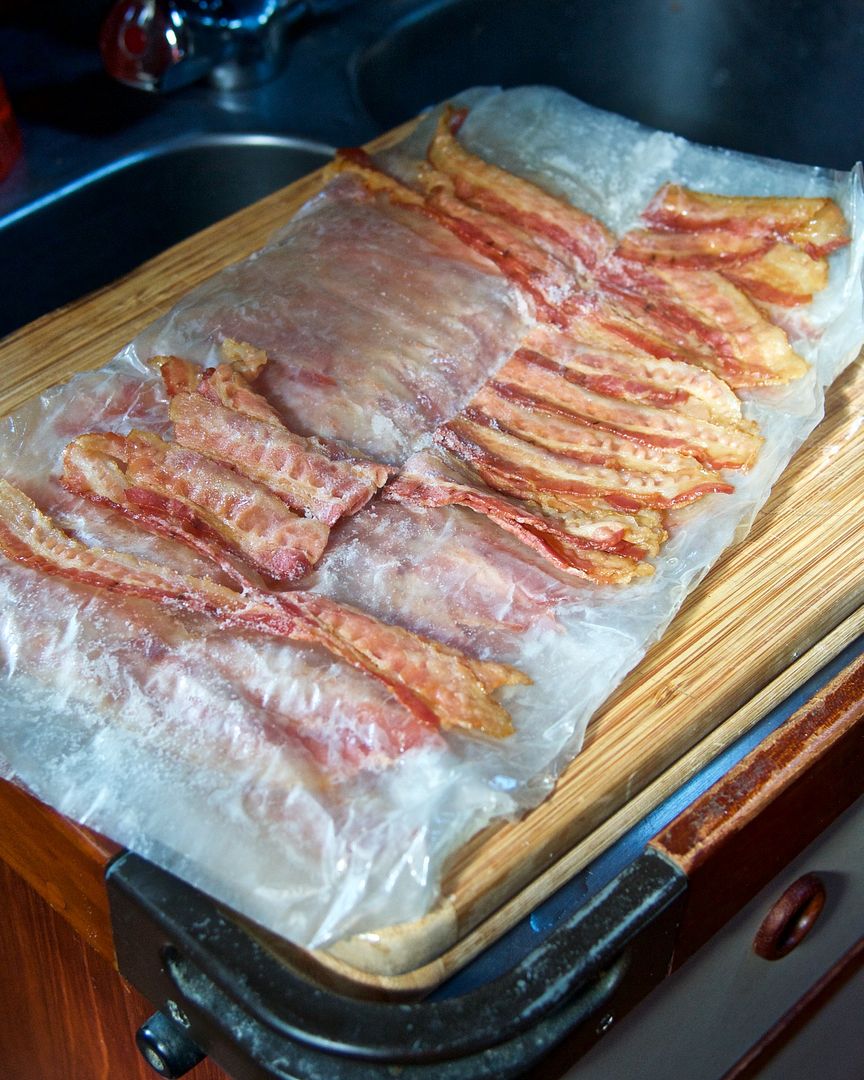 |
| The pre-cooked bacon is folded in half lengthwise, separate by waxed paper, and is rolled up so that it completely fills the 9-ounce can. |
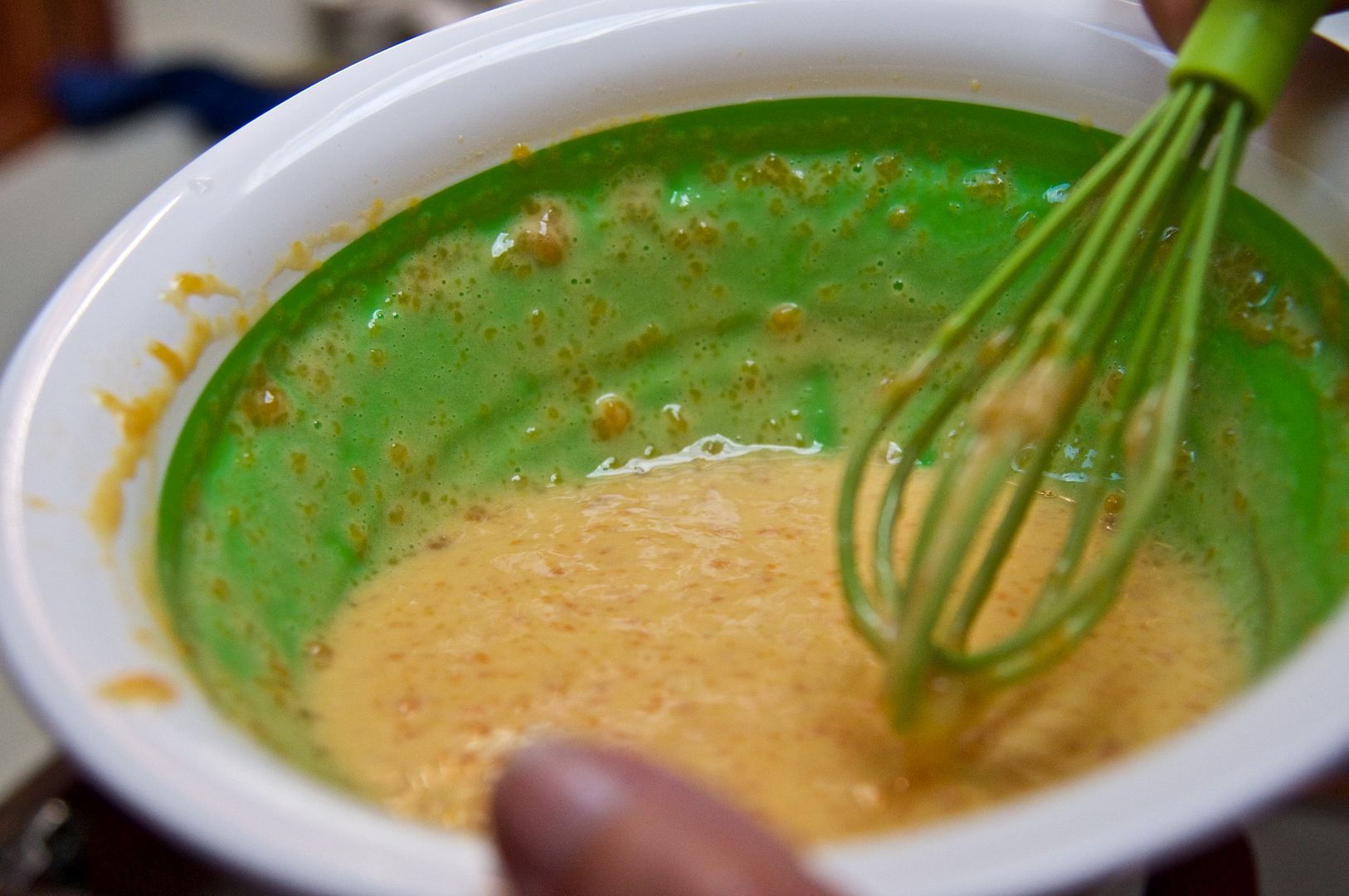 |
| To reconstitute the powdered eggs, Maggie used two teaspoons of water to every two tablespoons of egg powder. She also added some milk in this case for scrambling. |
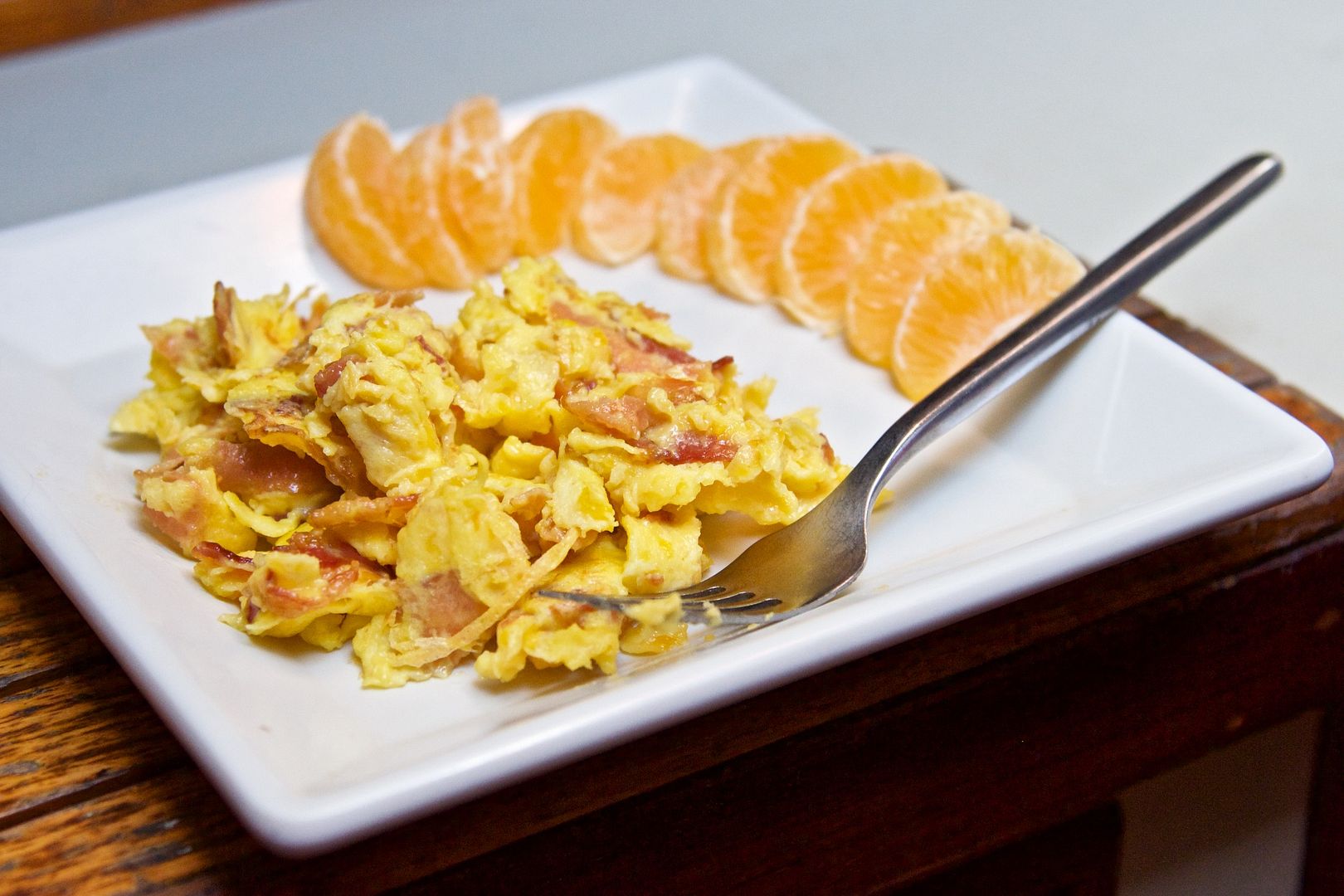 |
| A very tasty breakfast of scrambled eggs with bacon is the result. Here we go again--this DOES sound more like a foodie blog than a sailing blog! |
We used the marina's complimentary bikes to ride into town for lunch and to the grocery store (1.5 miles away in the opposite direction of town). Later, we simply hung out at the marina pool and relaxed.
Tomorrow's forecast is a high temperature of 83 degrees F and a low of 63 degrees F with winds at 7 knots out of the southeast. Of course, our plan is to travel roughly southeast to Tangier Island. Monday's winds are forecasted to be 12 knots out of the south, a much better day for sailing southeast. Should we simply stay here another day? I guess it depends on how much we can rely on the weather forecast...
Sunday, June 26
Today doesn't seem like Sunday. It's funny how all the days kinda run together when you have a very flexible schedule. We decided to stay at Zanhiser's another day. We decided to visit the Calvert Marine Museum, riding bikes from the marina at mid-morning.
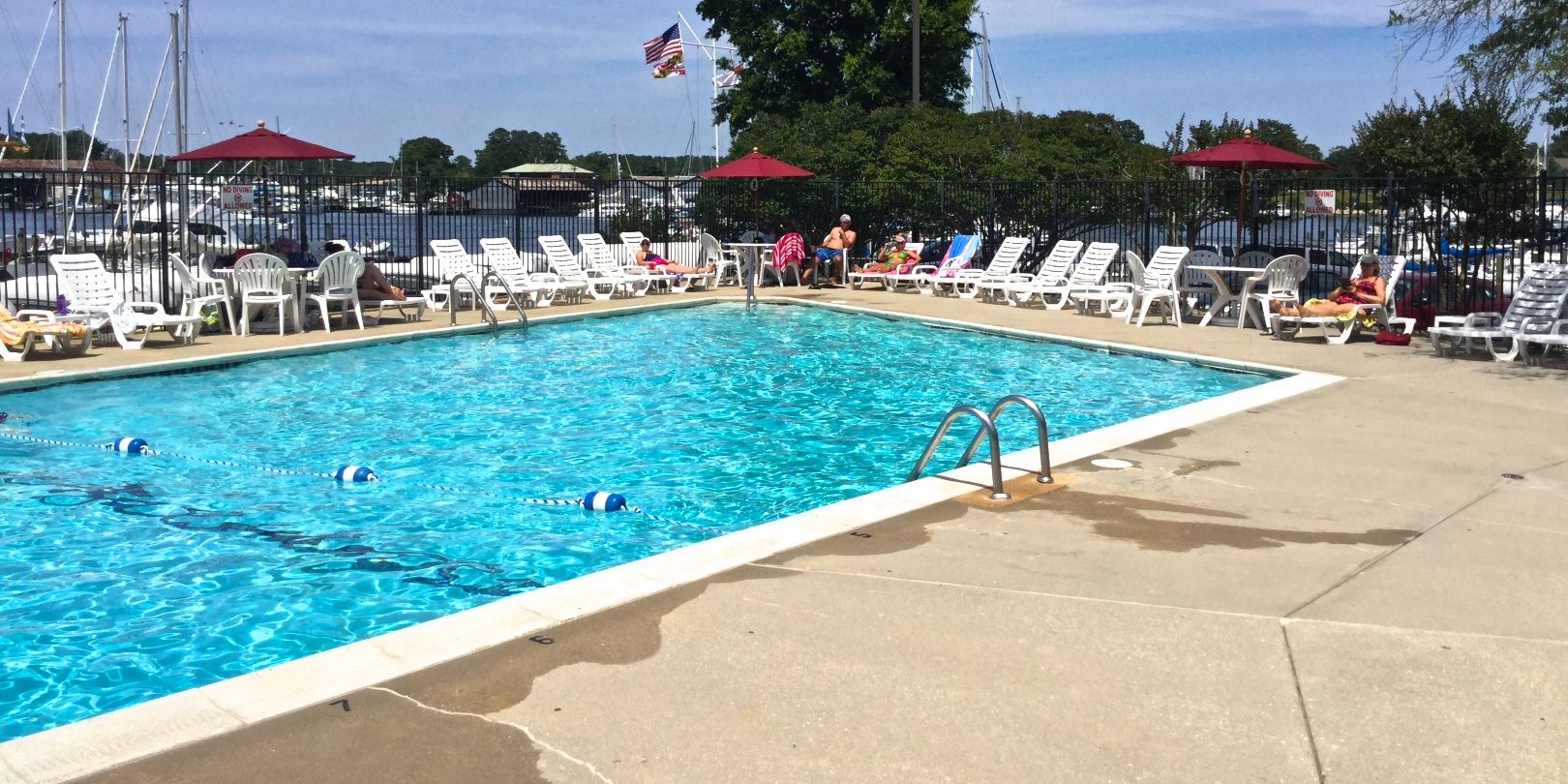 |
| We spend the remainder of the day at the marina's swimming pool. Maggie is in a lounge chair on the far right of this photograph. |
Tomorrow's forecast is now 13 knots out of the south southeast, pretty much the direction we need to go to get to Tangier Island.
Summary
As shown by the red line on the following chart, we are slowly progressing down the Chesapeake Bay.
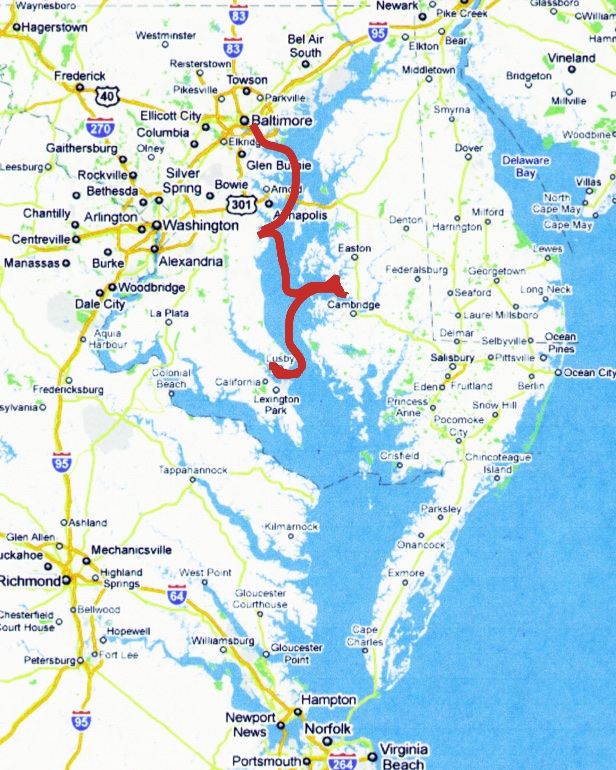 |
| We're progressing down the Chesapeake Bay, presently in the Solomons. |
Even though we have been on mooring buoys lately, we continue to think about adding an electric windlass before heading south this fall. We would still break the anchor free with the boat's power but it would make hauling up the 44-pound anchor and chain a lot easier. I've thought about what is different now that it is so much more difficult and I've concluded it is me--I'm older now.
Our next stop will be a place most Chesapeake Bay sailors never get to visit, Tangier Island. More on our month-long sailing trip on the Chesapeake Bay in our next blogpost...
Thanks for following our blog!
Thanks to a reader's comment for the correction to the spelling of trot line--it is not a "trout" line as I originally spelled it. As further explanation of the trot line I have included the following diagram:
As you can imagine this is quite a lot of line and paraphernalia to be dragging behind your boat.
Appendix - Trot Line Explanation
Thanks to a reader's comment for the correction to the spelling of trot line--it is not a "trout" line as I originally spelled it. As further explanation of the trot line I have included the following diagram:
 |
| This diagram is courtesy of Sea Grant Marine Advisory Program of the Virginia Institute of Marine Science in Gloucester Point, Virginia. |
As you can imagine this is quite a lot of line and paraphernalia to be dragging behind your boat.
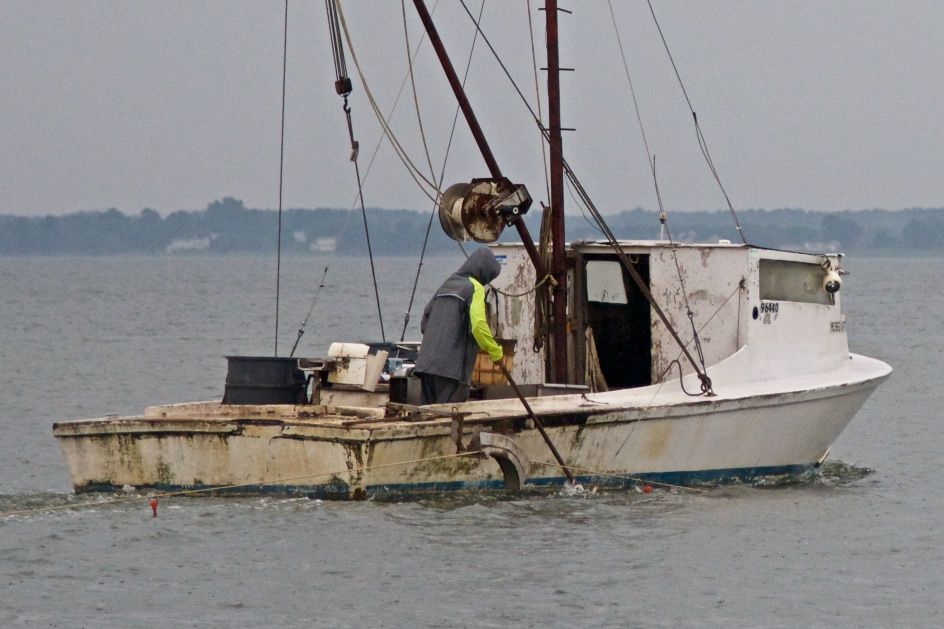


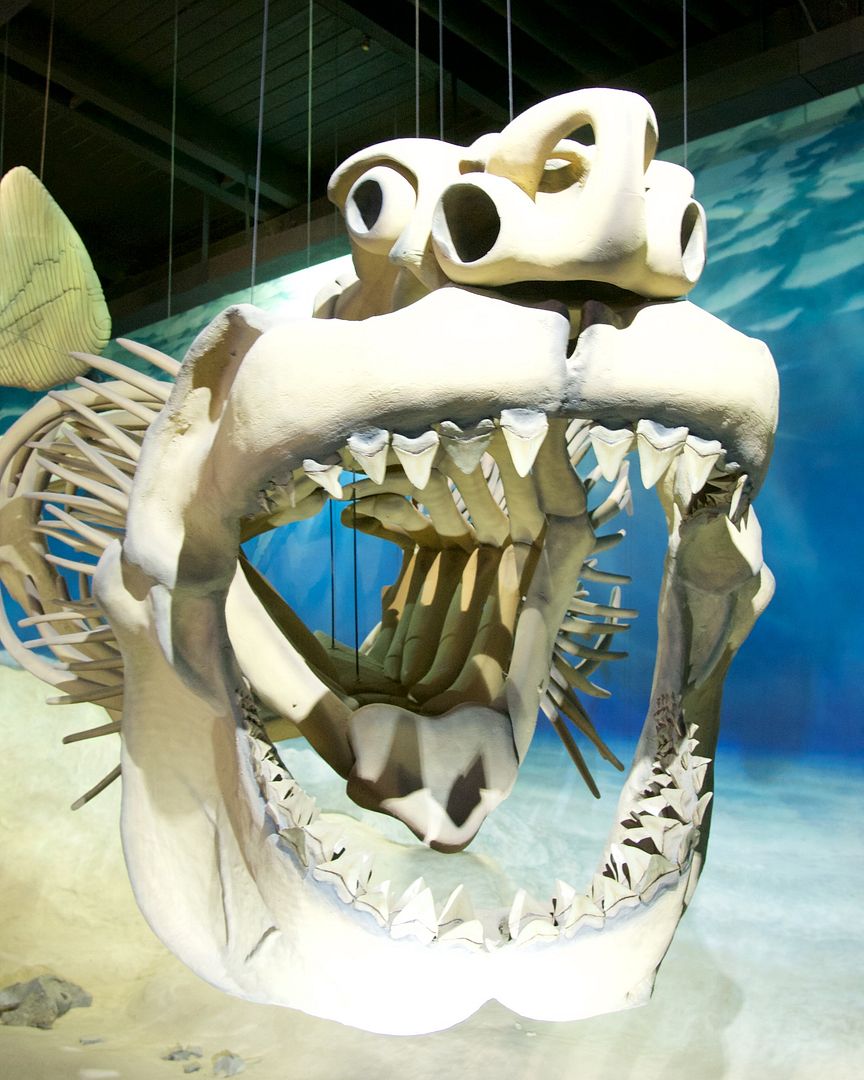
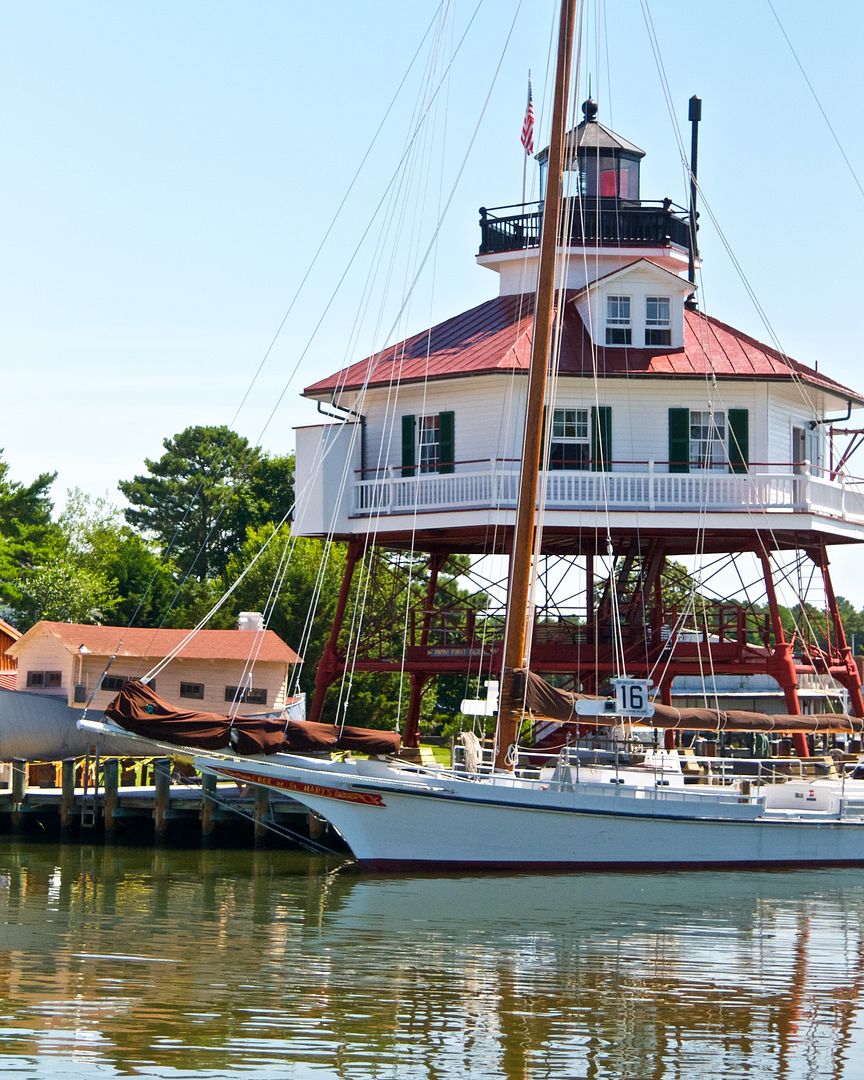

"Trot" line... not trout. Enjoying reading your Chesapeake travels.
ReplyDelete"Trot" line... not trout. Enjoying reading your Chesapeake travels.
ReplyDelete